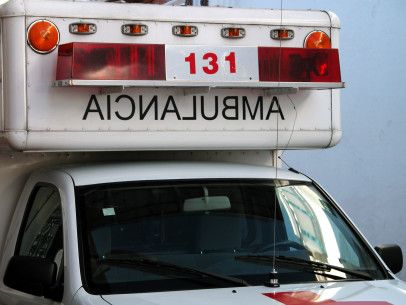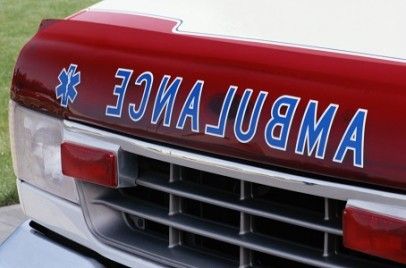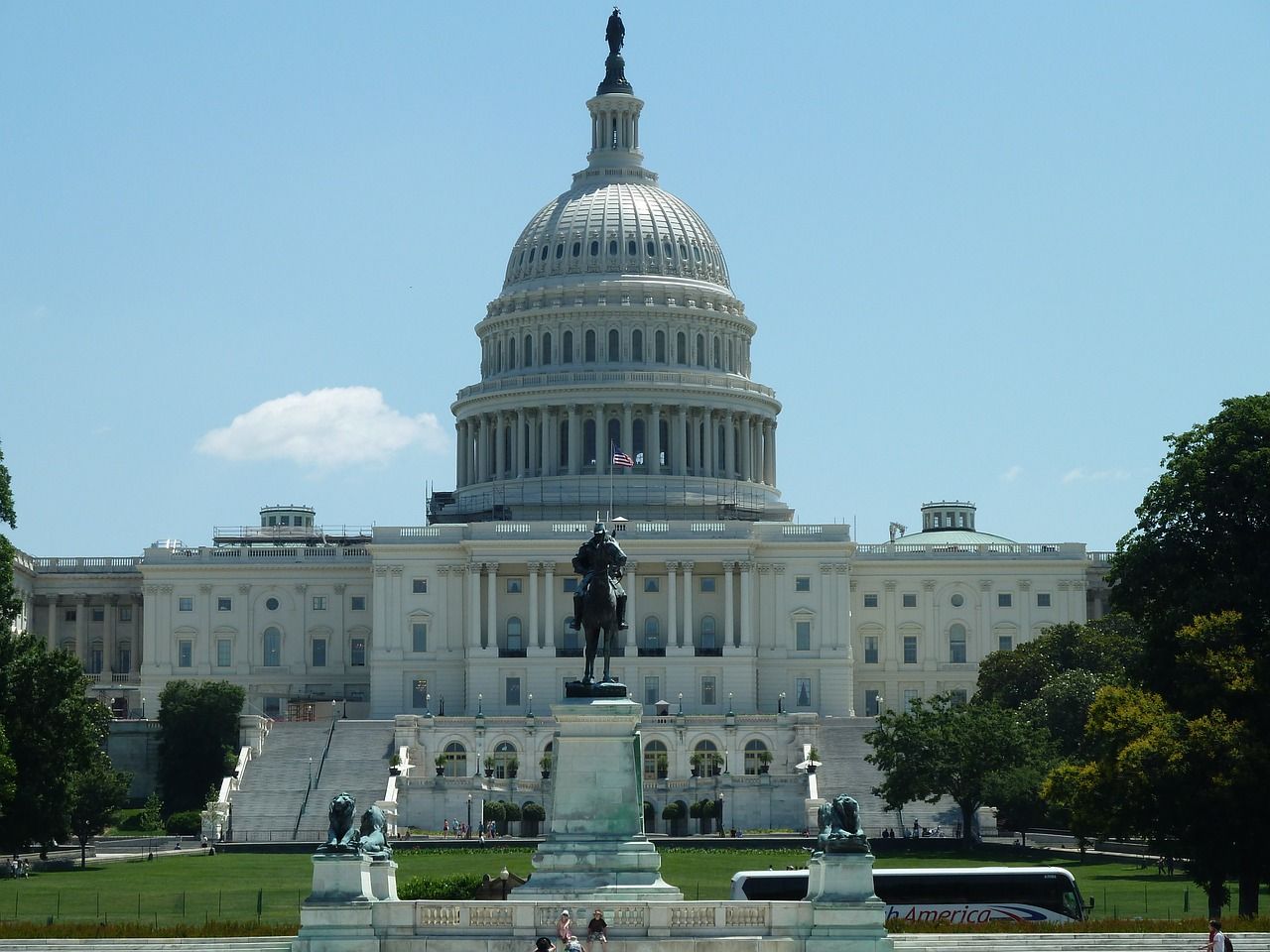CMS Releases Ambulance Cost Data Collection Report
The Centers for Medicare and Medicaid Services (CMS) has released its report on the feasibility of collecting cost data from ambulance service providers. Under the American Taxpayer Relief Act of 2012, Congress directed CMS to conduct the report entitled “Evaluation of Hospitals’ Ambulance Data on Medicare Cost Reports and Feasibility of Obtaining Cost Data from All Ambulance Providers and Suppliers”. The report can be accessed here.
The report states that due to the diverse nature of our industry with a majority of providers being small entities, traditional mandatory ambulance cost reporting is not feasible. While it does not make a recommendation on a data collection system, the report highlights the work of the AAA with The Moran Company and will be helpful in our push for a survey approach to collecting ambulance cost data. Here is AAA’ summary of the report, AAA Summary of CMS Acumen Cost Analysis.
The survey approach to collecting ambulance cost data is a major component of the Medicare Ambulance Access, Fraud Prevention and Reform Act (S. 377, H.R. 745) which would make the current Medicare ambulance increases permanent. The data collected through the survey would help the AAA make data-driven recommendations to the Congress and CMS on future changes to the Medicare ambulance fee schedule.
The contractor, Acumen, who developed the report, was also asked to look to see if cost data submitted by hospital-based ambulance service providers would be helpful. Acumen determined that the data submitted varied significantly and thus was not useful.
For questions about the AAA efforts on cost data collection, please contact AAA Senior Vice President of Government Affairs Tristan North at tnorth@ambulance.org.

 To give you a sense of the impact of MFP over time, this chart shows the payment of an ALS emergency transport in New York City over the past several years. In 2010, the Medicare allowable rate for this transport was $491.06. In 2016, the Medicare allowable rate for that same transport will be $517.02, an increase of 5.3%. However, without the MFP, the Medicare allowable would have been $544.22, or 10.8%. In other words, our Medicare increase would have been more than twice as much in the absence of the MFP.
To give you a sense of the impact of MFP over time, this chart shows the payment of an ALS emergency transport in New York City over the past several years. In 2010, the Medicare allowable rate for this transport was $491.06. In 2016, the Medicare allowable rate for that same transport will be $517.02, an increase of 5.3%. However, without the MFP, the Medicare allowable would have been $544.22, or 10.8%. In other words, our Medicare increase would have been more than twice as much in the absence of the MFP.







